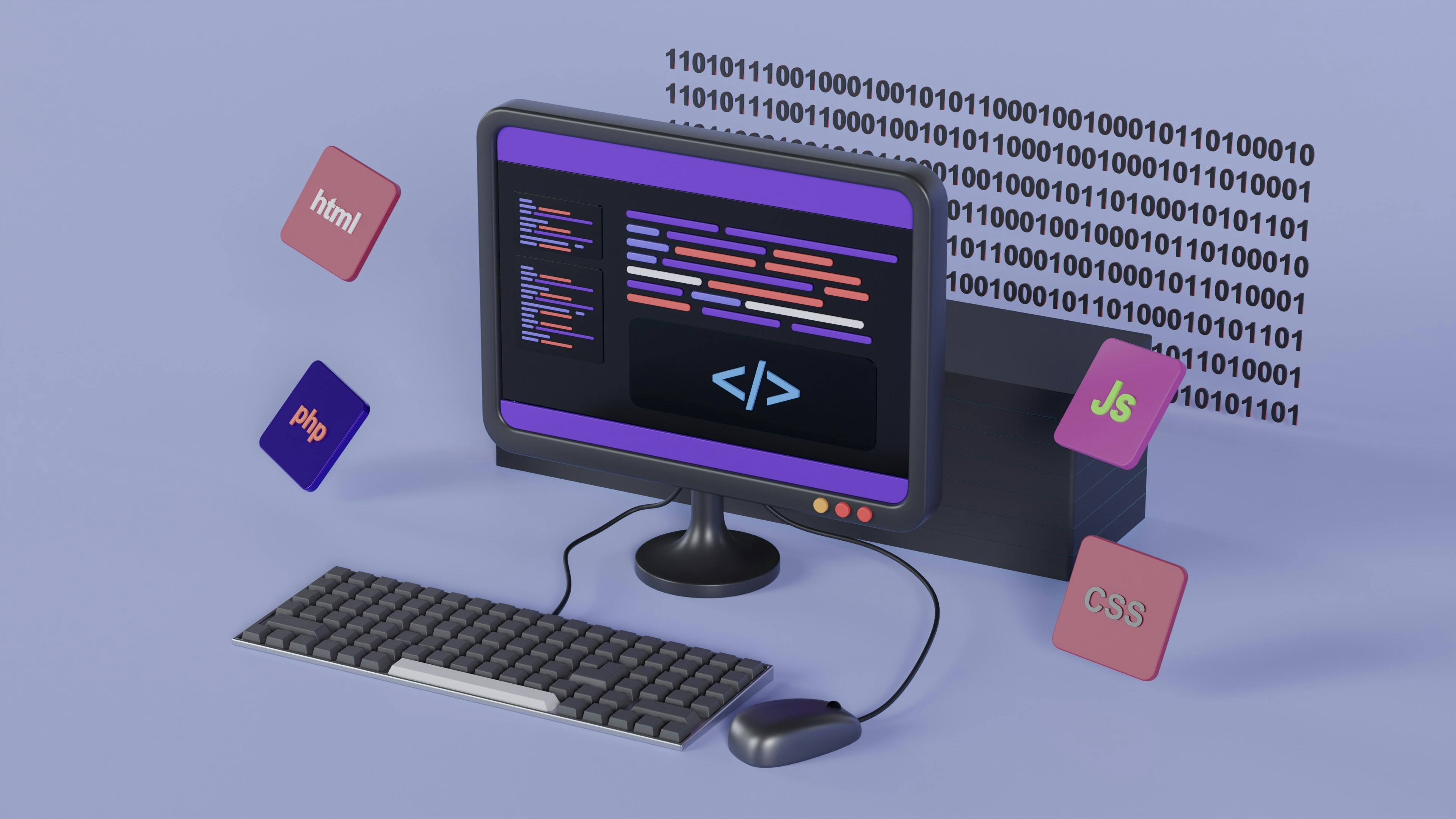
How To Build Robust Automated Testing Frameworks For Scalable Software
Creating a reliable testing framework lays the foundation for catching bugs early, saving time on manual checks, and maintaining a healthy codebase. A well-built framework supports your code as it evolves, making sure each new feature works as intended without breaking existing functionality. By automating tests, you can quickly spot issues before they reach your users and keep your project on track as it grows. This guide explains the essential elements of a strong testing framework, walks you through automating tests that adapt alongside your product, and provides clear, practical steps to set everything up smoothly. Settle in and get ready to build a framework you can trust.
Advertisement
We’ll begin with the basics—what a testing framework is all about—and then look at design principles, steps for building it, continuous integration setup, and common mistakes to avoid. By the end, you’ll have a clear plan to set up or improve your own automated tests without wading through jargon.
Core Concepts of Automated Testing Frameworks
A good framework makes writing, running, and maintaining tests easier. It combines tools, libraries, and guidelines into a single setup so everyone can follow the same rules and patterns. Here’s what you should remember:
- Test Isolation: Each test runs on its own. That means a clean state, fresh data, and no leftover side-effects.
- Reusability: Move common setup or helper functions into shared modules. Don’t rewrite boilerplate code.
- Readability: Use clear names for tests and functions. Future you (or a teammate) should understand what’s tested at a glance.
- Extensibility: Choose tools and architectures that let you grow. You don’t want to overhaul the whole suite when your app expands.
- Fast Feedback: Keep tests quick enough to run on every commit. Slow tests discourage frequent runs.
Understanding these points helps you identify weaknesses early. You’ll notice if your tests are tangled, fragile, or slow before they turn into a maintenance headache.
Design Principles for Scalability
Growing an automated framework means preparing for more tests, features, and team members. Start with a modular structure. Group tests by feature or service, and mirror your test code to your production code layout. When someone adds a new feature, they should know exactly where to place related tests.
Next, adopt a configuration-driven approach. Instead of hard-coding environment URLs or credentials, load them from external files or environment variables. This allows you to run the same suite against development, staging, or production without editing code. Use formats like JSON or YAML for easy parsing.
Finally, divide tests into logical levels: unit, integration, and end-to-end. Unit tests run very quickly and find logic bugs. Integration tests focus on service interactions and databases. End-to-end tests simulate real user workflows but take longer. Assign each level its own directory and naming conventions.
Implementing Test Suites
After you finalize your design, start building test suites from scratch. Follow these steps to get your first batch passing:
- Set Up Your Test Runner: Install a tool like JUnit for Java or pytest for Python. Configure test discovery rules so it automatically finds files matching patterns (for example, *Test.java or test_*.py).
- Create Fixture Modules: Write helper functions that start and stop database connections, mock services, or seed test data. Put them in a fixtures folder.
- Write Your First Unit Test: Choose a simple function and write a test covering normal and edge cases. Assert specific return values and error throws.
- Add Parameterized Cases: For functions with multiple inputs, use parameterization features to run the same test with different data sets.
- Implement Integration Checks: Combine real modules (like your data-access layer) and run tests against a local test database. Clean the database between runs.
- Design End-to-End Scenarios: Use a tool such as Selenium or Cypress to automate browser workflows. Script login, data entry, and page navigation flows.
Following these steps sets a solid foundation. You’ll catch bugs early before they develop into service outages or frustrated users.
Integrating with CI/CD Pipelines
Connecting your tests to a continuous pipeline makes them part of your daily routine. Start by selecting a CI tool—like Jenkins, GitHub Actions, or CircleCI—that works well with your test runners. Create a build file that installs dependencies, starts services (using Docker or cloud instances), and executes test commands.
Set up parallel execution whenever possible. If your suite has 500 tests, split them into groups that run simultaneously on separate worker machines. This approach can reduce total test time from ten minutes to two. Keep an eye on your build logs: rerun failed tests immediately to tell apart flaky tests from actual code issues.
Finally, set up notifications for success and failure statuses. Send build updates to your team chat or email to keep everyone informed. Block merges if tests fail to maintain code quality.
Best Practices and Common Mistakes
Even well-planned frameworks can fail if you ignore routine issues. A common mistake is relying on live external services. That can make tests fragile and slow. Instead, mock third-party APIs or run local stub services.
Another mistake is letting your tests accumulate technical debt. Remove flaky tests, archive outdated ones, and refactor helpers regularly. Schedule cleanup tasks just like you schedule new features. This keeps your suite healthy over time.
Some best practices to follow include:
- Tag slow tests and exclude them from pre-commit checks, running them overnight or on demand.
- Keep test data minimal. Large datasets slow execution and make debugging harder.
- Review new tests during code reviews. Watch out for overly complex setups or hidden side-effects.
- Write clear documentation or comments about your conventions. This helps new team members understand and follow them.
Applying these tips will help your automated checks stay reliable and your team move quickly.
Define clear concepts, design with growth in mind, and build with practical steps. Integrate into your CI/CD flow and stay alert to issues to deliver features confidently and fix bugs early.
Advertisement